
With Yoon's impeachment over his Dec. 3 declaration of martial law upheld by a unanimous ruling from the Constitutional Court of Korea earlier this month, it is now unlikely that any president-elect who takes office after the snap election slated for June 3 will want to move in.
As part of his campaign pledge to open Cheong Wa Dae in central Seoul to the public on the first day of his inauguration on May 10, 2022, Yoon hastily moved to a nondescript government building in Yongsan, which had formerly housed the Defense Ministry, without properly gauging public opinion.
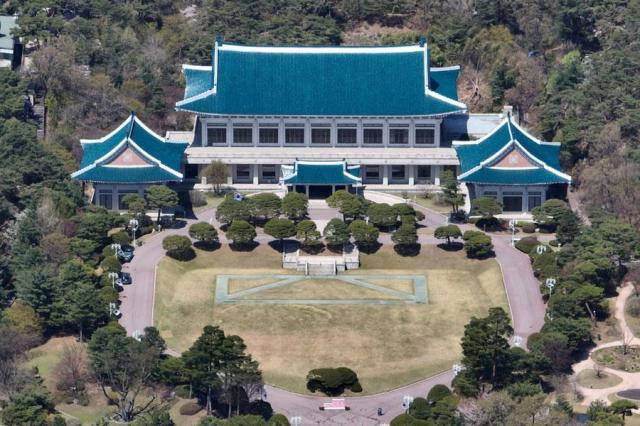
For this reason, several past presidential candidates, including former President Moon Jae-in, pledged to move out of Chong Wa Dae but gave up after all, be it for security reasons, the lack of a suitable alternative space, or simply because leaving the palace becomes difficult once becoming comfortable within the grounds of the presidential compound.
But Yoon proceeded with moving to Yongsan, citing the need to enhance transparency and communication with the public, despite concerns about the lack of essential facilities and potential security risks such as wiretapping and other vulnerabilities.
Regardless of who takes office, for those reluctant to move into Yongsan, returning to Cheong Wa Dae would be the most practical option, as it remains fully equipped with all necessary facilities, despite the historic compound having been somewhat damaged or littered during its public opening over the past three years.
Alternatively, the Seoul Government Complex or the Ministry of Foreign Affairs building in Gwanghwamun, downtown Seoul, could be temporarily used for presidential duties while Cheong Wa Dae undergoes renovation.
Former Daegu Mayor Hong Joon-pyo, a presidential candidate among a flurry of hopefuls from the ruling People Power Party (PPP), has already expressed that he would return to Cheong Wa Dae if elected.
But some pessimists say that that may be a bad idea, as it would reverse the decision to "give back Cheong Wa Dae to the public."
Others suggest that the administrative city of Sejong in South Chungcheong Province would be more suitable, given that it is home to many government agencies and state-run institutions.
Former party leader Lee Jae-myung of the main opposition Democratic Pary (DP), who currently leads the presidential race in opinion polls, suggested a multi-step approach, saying that he would first move to the Yongsan office, then to Cheong Wa Dae, and eventually relocate to Sejong.
Among other presidential candidates, Kim Kyoung-soo, former governor of South Gyeongsang Province and Kim Dong-yeon, former governor of Gyeonggi Province argue that the capital should be relocated to Sejong to promote balanced regional development, and that now is the time to make this change.
But obstacles remain as the Constitution stipulates that Seoul is the capital of South Korea by convention or otherwise, which resulted in full-scale relocation plans to Sejong being watered down following a court ruling in 2004. The ruling at the time determined that the locations of the presidential office and parliament are key factors in deciding a country's capital, along with other essential public agencies and institutions such as the Supreme Court and ministerial offices, which should also be based in the capital.
Thus the Constitution would need to be amended to designate Sejong as the capital or administrative capital, if relocation were to occur, not to mention the lack of key facilities and other infrastructure necessary for a presidential office in the central provincial city.
For better or worse, the current presidential office in Yongsan remains the only place where the new president can begin work immediately after being elected. Some see that the temporary use of the Yongsan office seems inevitable, given that the incoming administration, replacing the ousted president, would be denied the usual luxury of time, afforded to new presidents who normally have an orderly 60-day transition period between administrations.
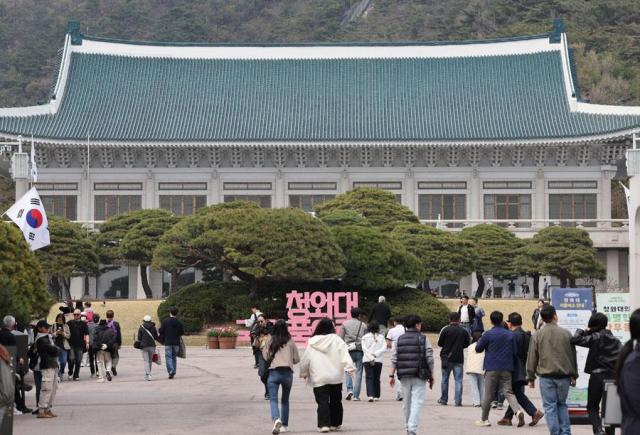
Many likely rushed to visit there, amid concerns that it may soon be closed again. However it bustled with similar levels of weekend visitors at this time of year, with 20,000 last year and 26,000 the year before, suggesting that the recent surge may have more to do with warmer spring weather, encouraging many to engage in family outings and other outdoor activities.
Copyright ⓒ Aju Press All rights reserved.


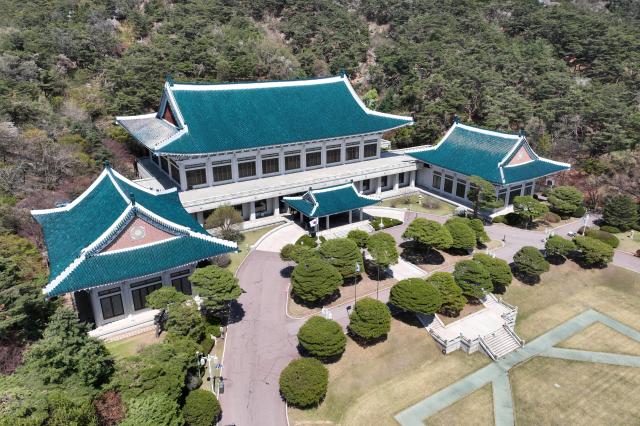
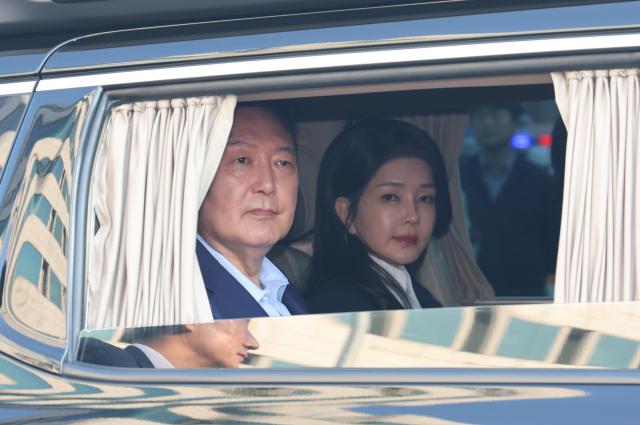
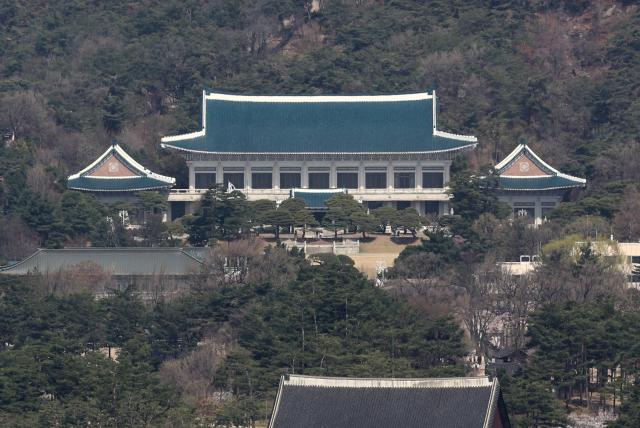
View more comments